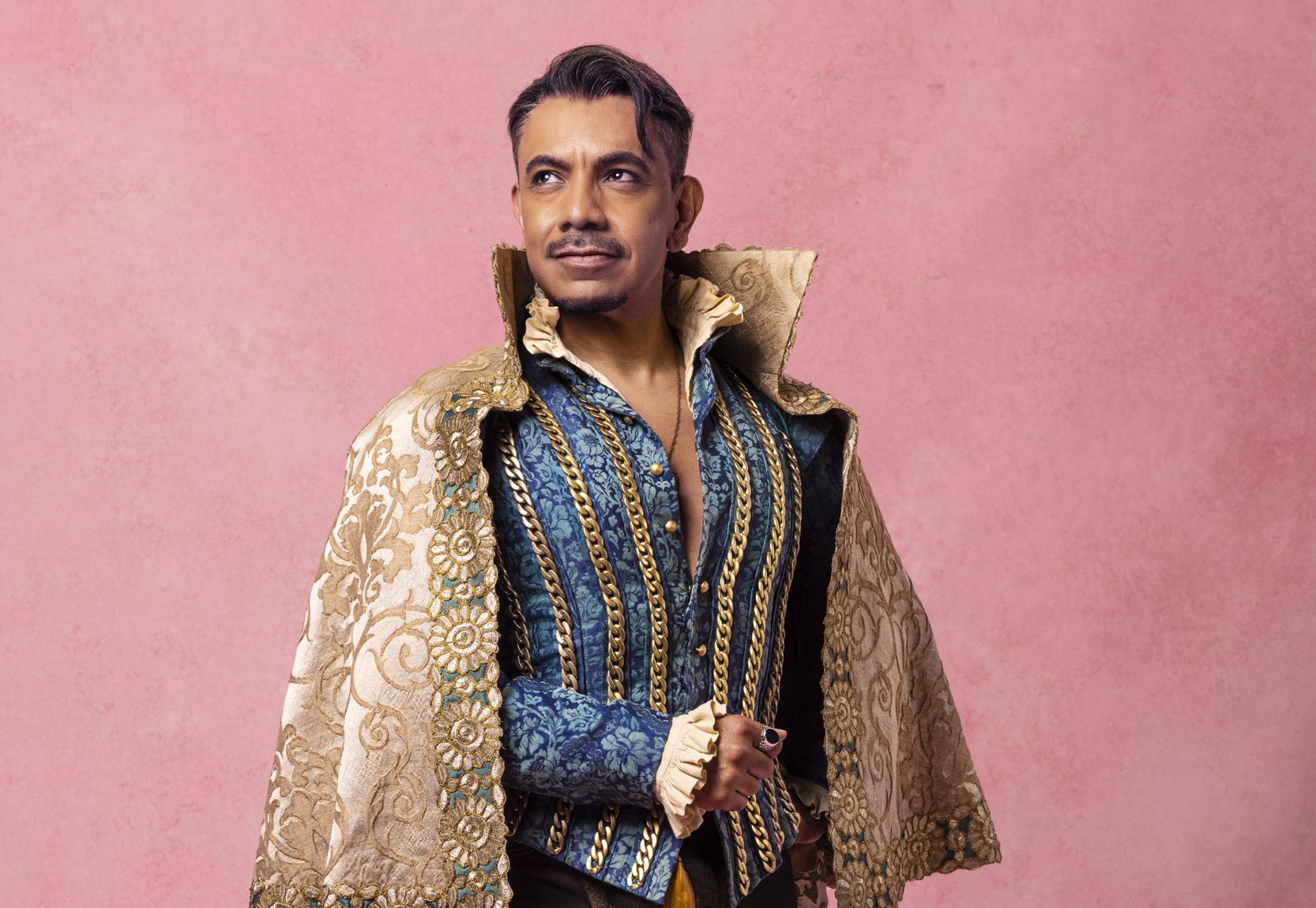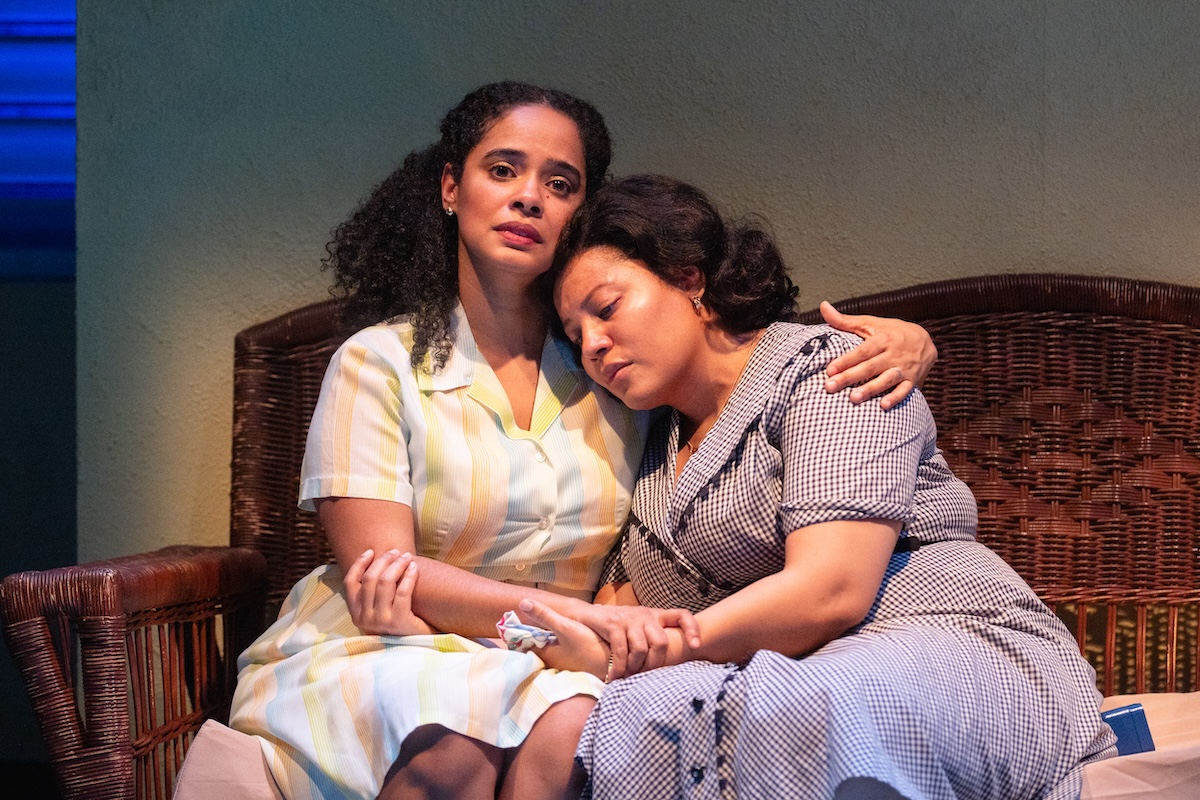Less Than a Quarter of Broadway and Off-Broadway Roles Go to Actors of Color, Report Reveals

© David Gordon
“I don’t think a lot of producers, both on Broadway and off, have given the matter much thought,” said Dan Bacalzo, an Adjunct Instructor at New York University who teaches a course on Asian American Theatre. “I don’t think there’s any malicious intent involved; they simply don’t think about it.”
In Roudabout Theatre Company’s The Mystery of Edwin Drood, two white actors appear in brown-face and their movements parody certain forms of Indian dance for comic effect. It was the movements of these characters, who represent “exotic and potentially dangerous foreigners,” that Bacalzo found problematic.
“Do I think the Roundabout was racist?” Bacalzo said. “Not really. Do I think they didn’t think about it at all? Yes. And again, that’s the issue. “
As a theater reviewer, Bacalzo said his criticism of the issues associated with all-white casting has often been watered down by editors, removing most of its impact.
“We also shouldn’t forget the media’s complicity in this, either,” he said.
Regardless of who is to blame, the statistics are bleak. The AAPAC’s report found that African-American actors were cast in 16 percent of all roles, despite the fact that, according to 2010 U.S. Census data, they make up 23 percent of the city’s population. Hispanics were cast in three percent of all roles, despite representing roughly 29 percent of New York City. While 13 percent of the city is Asian-American, Asians comprised only three percent of roles on the city’s stages. Caucasians filled 77 percent of all roles, far outweighing their respective population size. Only 33 percent of New York City is white.
We’ve come a long…Wait. Please Hold. Let’s check those statistics again.
We’ve come a marginally-longer way, baby.










